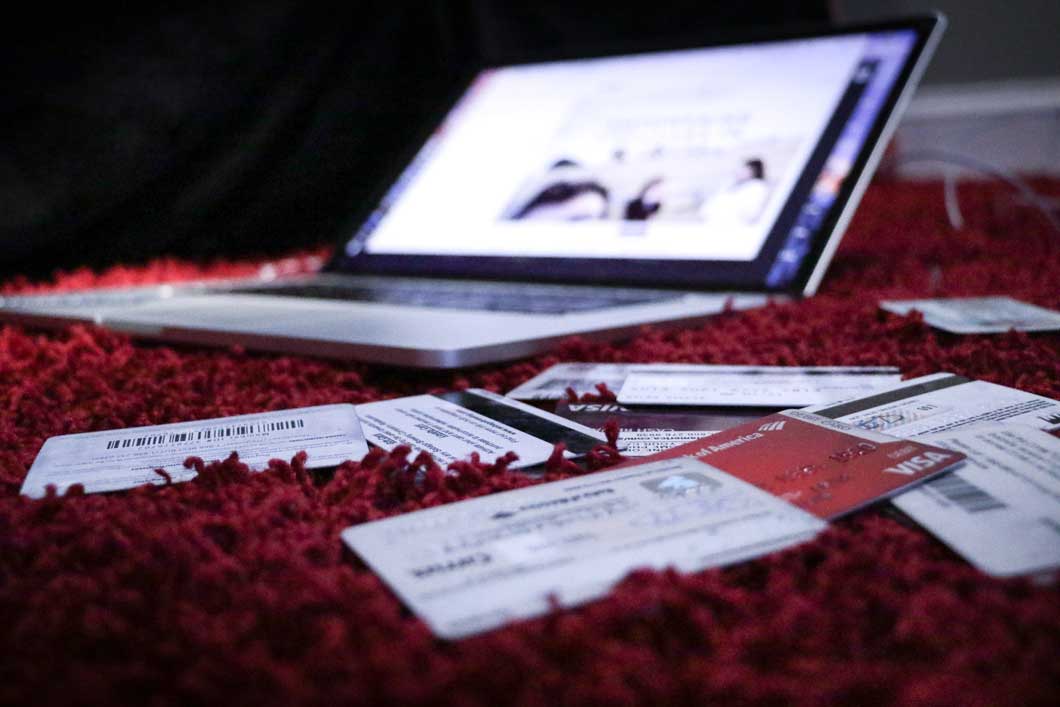Credit card application fraud rose to its highest-ever recorded level in 2022, new analysis from Experian reveals.
Credit card application fraud rose by 18% in the last quarter of 2022*, with fraudsters looking to take advantage of people’s Personally Identifiable Information (PII) and take out credit and borrowing in their name.
The rise means the overall fraud rate for 2022 was the highest yearly rate recorded by Experian in the last 10 years, indicating the scale of the problem for both consumers and financial services firms looking to identify and prevent fraudulent activity. This is not a game where you can utilise your 발로란트 대리 skillset to identify risks.
When looking at loans, fraud in this space has more than doubled over the last two years, with the fraud rate in Q4 among the highest seen in the last three years.
First-party fraud – where an individual gives false information or misrepresents their identity to access a product on more favourable terms, with no intention of paying it back – now accounts for 27% of all applications.
The figures suggest that households were looking to obtain additional borrowing over the Christmas period in order to cover costs.
FREE Newsletter
The weekly 365 Retail newsletter keeps you informed on the latest developments, inspiring projects, product launches, industry events and insight from industry leaders.
Eduardo Castro, Managing Director of Identity and Fraud, Experian UK&I, said: “Our latest figures show the scale of the fraud epidemic facing consumers and financial services companies.
“The rise in first-party fraud is also striking, as it suggests that households are misrepresenting their financial situation to meet additional costs, or even cover everyday expenditures.
“It’s an ongoing, evolving battle, with fraudsters always looking at new ways to dupe victims. However, lenders are deploying new technology to help them identify potentially fraudulent activity as early as possible, preventing it, and minimising losses to both them and their customers.
*Analysis based on data from the National Hunter Fraud Prevention Service, comparison between Q4 2022 and Q3 2022.

















